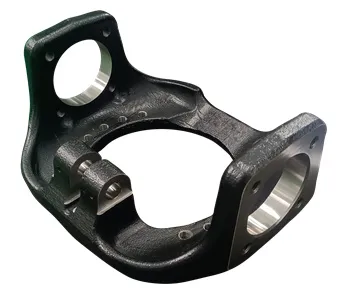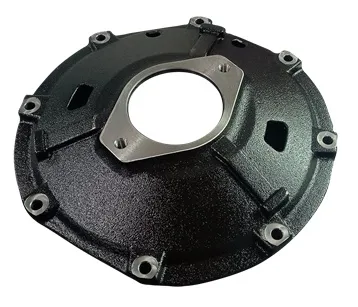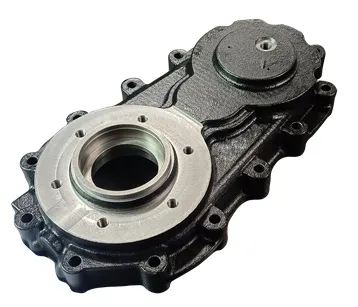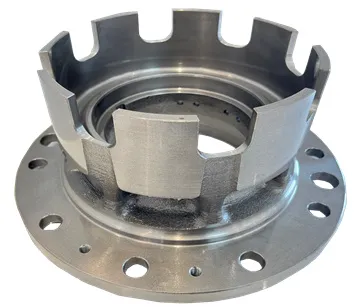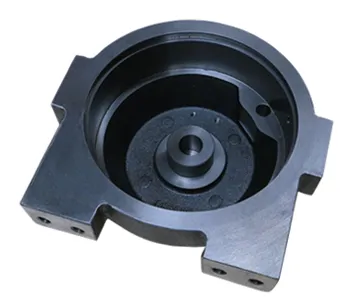- Welcome to Hunan Shiney Steel Co., Ltd.

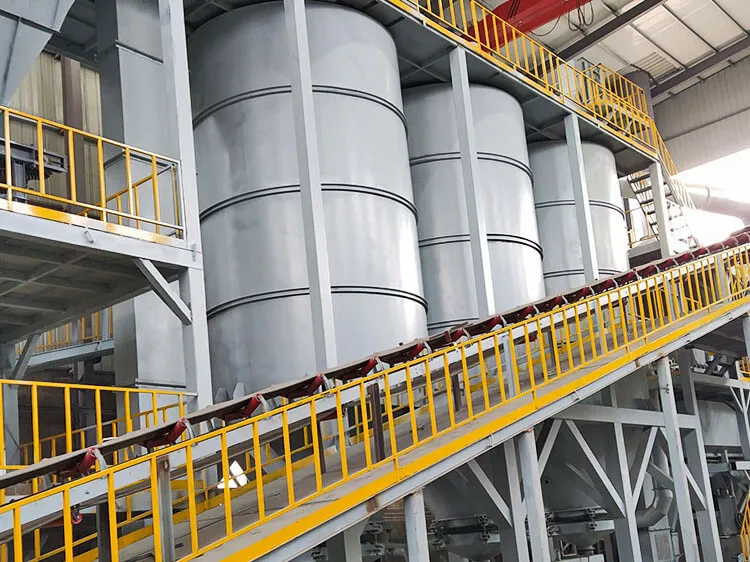
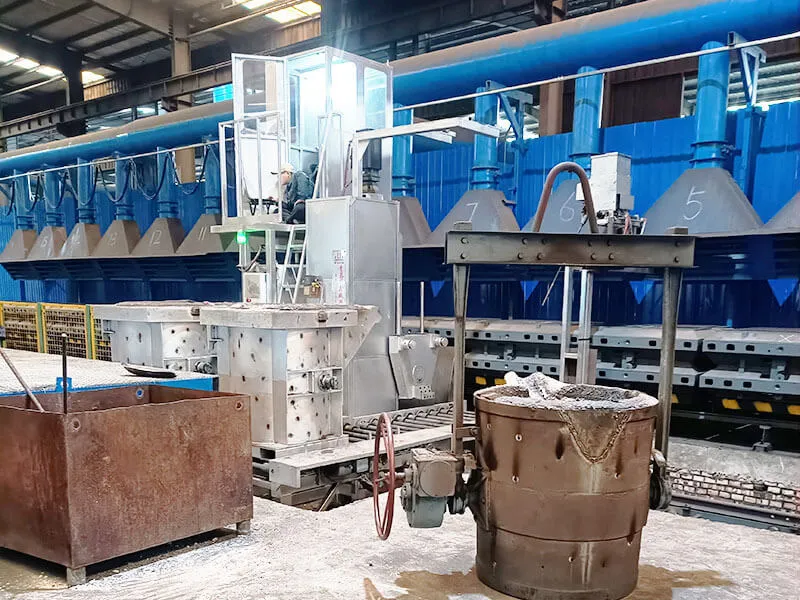
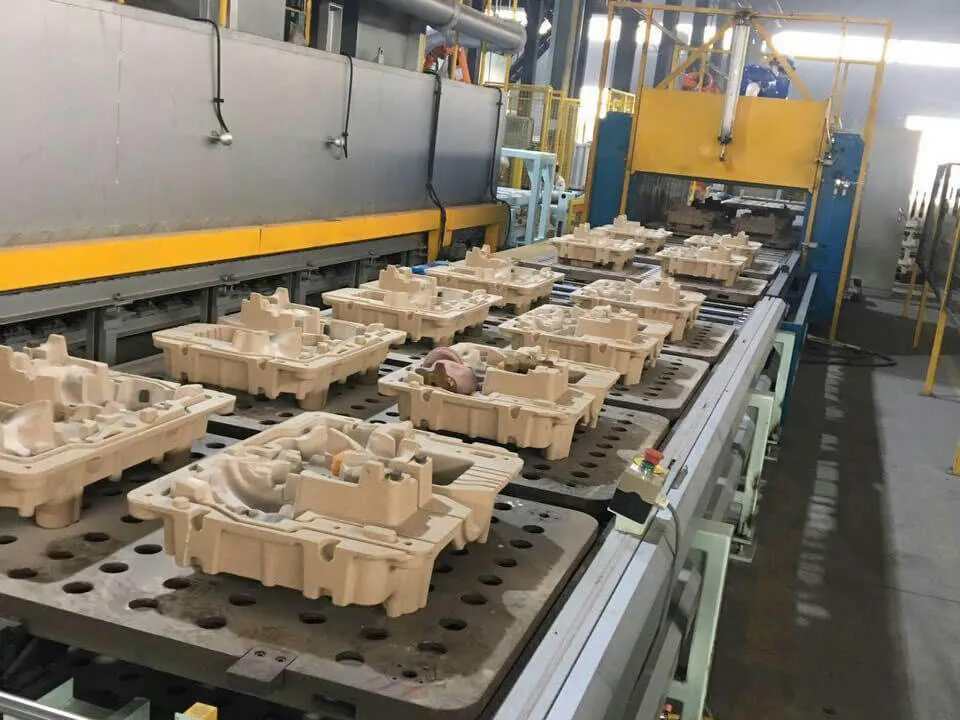
Sand casting process uses the green sand or dry sand to make the molds for casting molten metals. Most of castings are produced by this old but new casting process. Sand casting is one of the most popular and simplest types of casting. Sand casting allows for smaller batches than permanent mold casting and at a very reasonable cost.
Due to its well-suited for complex geometries, sand casting process takes advantage of compact sand, refractory and recyclability to produce relatively less expensive molds with quick tooling development and design changes at a competitive cost. For some desired castings of huge size and weight, the sand casting process is the first choice we should think when we choose the suitable manufacturing methods.
The are several sand casting process based on different mold materials. At Shiney Steel, we can proceed the sand casting process by green sand casting, pre-coated resin sand casting and furan resin sand casting. The pre-coated resin sand casting is also called shell molding casting or shell casting. The shell casting process has much better surface for the finished castings.
In our high-tech facilities, we offer both automatic machine and manual molding operations in our resin sand casting processes. Shiney Steel can pour gray and ductile iron castings using our no-bake process up to 1 ton finished weight in gray iron castings and ductile iron castings, and up to 0.5 tons in steel castings and stainless steel castings.
Shiney Steel is dedicated to the quality of our work, and our commitment to excellence ensures the highest customer satisfaction. As a global leader in high-precision, high-complexity, and mission-critical casting and machined metal parts, we strive to meet and exceed the needs of our customers.
|
Description |
Molding by hand |
Molding by Automatic Machines |
|
Max size of Castings |
1,500 mm×1000 mm×500 mm |
1,000 mm×800 mm×500 mm |
|
Casting Weight Range |
0.5 kg - 1,000 kg |
0.5 kg - 500 kg |
|
Annual Capacity |
5,000 tons - 6,000 tons |
8,000 tons - 10,000 tons |
|
Casting Tolerance |
On Request or Standard (ISO8062-2013 or GB/T 6414-1999) |
|
|
Molding Materials |
Green Sand, Resin Coated Sand |
|
|
Casting Metal & Alloys |
Gray Iron, Ductile Iron, Carbon Steel, Alloy Steel, Stainless, Al Alloys, Brass...etc. |
|
Our Spectrometer checks 20 chemical elements and metallurgical microscope produces high-resolution images 1,000 times magnified, and our cleanliness meter determines particle size and quantity to ensure materials meet or exceed the international standard. Shiney Steel use ultrasonic detectors to discover flaws, and have X-ray machines and accelerators that can scan castings with 200 mm maximum wall thickness.
Shiney Steel has a full range of inspection capabilities in house, which include:
1 Making Pattern
Patterns are typically made from wood, resin (plastic), or aluminum, and are used to create molds during the casting process. Aluminum patterns tend to have the highest costs, but they are the most suitable choice for large production runs, providing higher dimensional accuracy and better surface quality.
2 Molding Process
Resin sand is mixed using sand treatment equipment and then shot into sand boxes (flasks). The molding workers ensure that the sand fills all areas of the mold and compact it to make it as solid as possible.
3 Self-Hardening of Resin Sand Mold
After the initial molding, the sand remains loose. The mold is then coated with an alcohol-based coating. After burning, the resin sand mold hardens significantly, which is why this process is also called "self-hardening sand mold" or "hard mold casting."
4 Melting and Pouring
As with other sand casting processes, medium-frequency electrical furnaces are used to melt the metal, typically iron, for the resin sand casting process. The molten metal is then carefully poured into the hardened mold.
5 Sand Blasting, Cleaning and Grinding
The shot blasting process is used to remove any remaining sand and oxides from the castings. Workers then cut off the gating systems and grind the gating areas and parting lines. Once these steps are completed, the rough castings are finished. If additional processes, such as machining or surface treatments, are required, the castings are sent to the next stages of production.
At Shiney Steel, we employ professional equipment to set up automatic casting production lines. We operate two sand casting production lines: the vertical automatic sand casting line and the horizontal automatic sand casting line. These advanced, highly organized systems enable us to produce high-quality cast parts in large volumes. Our equipment can handle a wide range of materials, including gray iron, ductile iron, carbon steel, alloy steel, stainless steel, aluminum, and brass.
